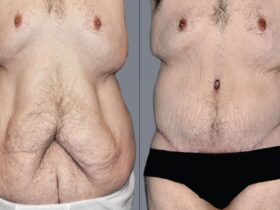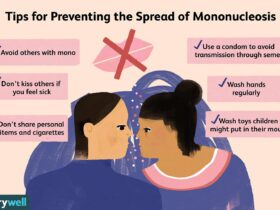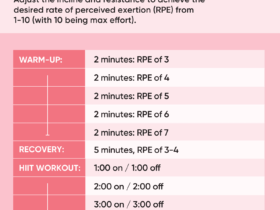Many people wonder about losing weight. One common question is, “Can I lose 10 pounds in a month?” This question is very popular. It shows a desire for change. But, is it safe and realistic? Let’s explore this topic together.
Understanding Weight Loss
Weight loss means losing body weight. It can happen by burning more calories than you eat. Calories are energy in food. When you consume fewer calories, your body uses stored fat. This helps you lose weight.

Credit: m.youtube.com
How Many Calories to Lose Weight?
To lose weight, you need to create a calorie deficit. This means eating less or exercising more. One pound of fat equals about 3,500 calories. To lose 10 pounds, you must burn 35,000 calories more than you eat in a month.

Credit: www.pinterest.com
Is Losing 10 Pounds in a Month Safe?
Losing 10 pounds in one month is possible. However, it may not be safe for everyone. Health experts recommend losing 1 to 2 pounds a week. This is safe and healthy. Losing weight too fast can cause health problems.
Factors That Affect Weight Loss
Several factors can affect your weight loss. Here are some important ones:
- Starting Weight: Heavier people may lose weight faster.
- Age: Younger people often lose weight easier.
- Gender: Men usually lose weight faster than women.
- Metabolism: Some people burn calories faster.
- Diet: Food choices greatly impact weight loss.
Tips to Lose 10 Pounds in a Month
Here are some tips to help you lose weight safely:
1. Eat A Balanced Diet
Focus on healthy foods. Include fruits, vegetables, whole grains, and lean proteins. Avoid junk food and sugary drinks. These foods are high in calories but low in nutrients.
2. Control Portion Sizes
Pay attention to how much you eat. Use smaller plates. This can help you eat less. Listen to your body. Stop eating when you feel full.
3. Drink Water
Drinking water is important. It helps you feel full. Sometimes, we confuse thirst with hunger. Aim for 8 glasses of water a day.
4. Exercise Regularly
Exercise helps burn calories. Aim for at least 150 minutes of exercise each week. This can include walking, jogging, or swimming. Find an activity you enjoy.
5. Get Enough Sleep
Sleep affects weight loss too. Aim for 7 to 9 hours of sleep each night. Lack of sleep can lead to weight gain. Your body needs rest to work well.
6. Track Your Progress
Keep a record of your food and exercise. This can help you stay on track. You can use a notebook or an app. Tracking helps you see what works.
What to Expect
When trying to lose weight, expect ups and downs. Some weeks you may lose more. Other weeks, it might be less. This is normal. Stay focused on your goals. Celebrate small wins along the way.
Consult a Doctor
Before starting a weight loss plan, talk to a doctor. This is very important. They can help you create a safe plan. This is especially true if you have health issues.
Possible Risks of Losing Weight Too Fast
While losing weight is good, doing it too fast can be risky. Here are some risks:
- Muscle Loss: Rapid weight loss can cause muscle loss.
- Nutrient Deficiencies: Not eating enough can lead to missing nutrients.
- Gallstones: Quick weight loss can cause gallstones.
- Fatigue: You may feel tired and weak.
- Health Problems: It can lead to serious health issues.
Healthy Mindset
Weight loss is not just about numbers. It’s also about feeling good. Focus on being healthy. Set realistic goals. Be kind to yourself during this journey.
Conclusion
In conclusion, losing 10 pounds in a month is possible. However, it may not be safe for everyone. Focus on healthy eating and exercise. Create a plan that works for you. Talk to a doctor if needed. Remember, slow and steady wins the race.
With the right approach, you can reach your goals safely. Enjoy the journey and celebrate your progress. Weight loss is a personal journey. Make it work for you!















Leave a Review